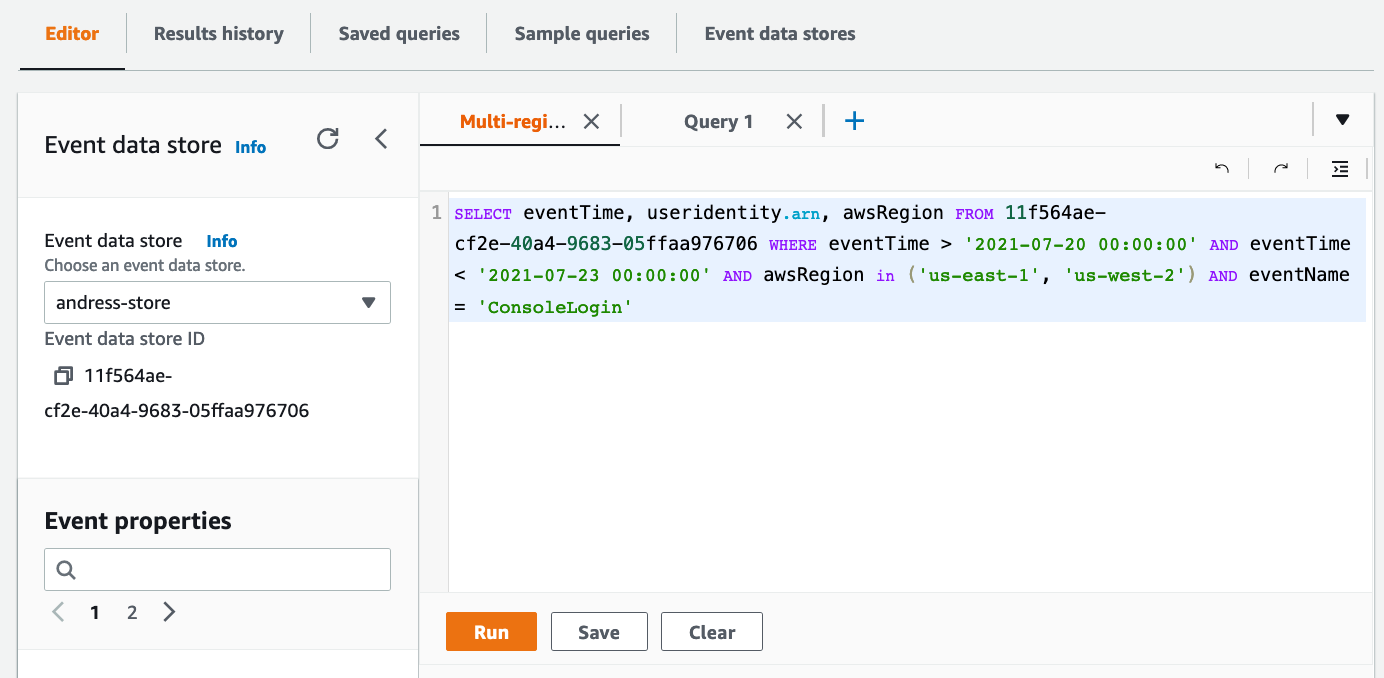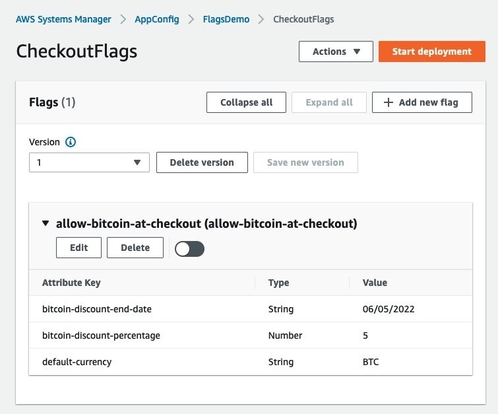AWS Cloud Operations Blog
Top 10 AWS Cloud Operations and Migrations Blog posts of 2022
With 2022 behind us, we want to take the opportunity to highlight our readers and the top blog posts from 2022. A big thank you to all our readers but also our authors who continue to work on delighting our customers with their blog posts.
#1 Announcing AWS CloudTrail Lake – a managed audit and security lake
Andres Silva comes in first place with the announcement of AWS CloudTrail Lake, a managed data lake that lets organizations aggregate, immutable store, and query events recorded by CloudTrail for auditing, security investigation, and operational troubleshooting.

Figure 1. AWS CloudTrail Lake Editor
#2 Using AWS AppConfig Feature Flags
Steve Rice and Ivan Garcia discuss AWS AppConfig Feature Flags, what they are, the benefits to using them, and use-cases.
Figure 2. AWS AppConfig Feature Flags
#3 Establishing RPO and RTO Targets for Cloud Applications
In this post Michael Wilson shows how customers can establish recovery targets, build a recovery plan, and determine how AWS services fit within that plan.

Figure 3. Establishing RPO and RTO Targets
#4 AWS Organizations now provides a simple, scalable and more secure way to close your member accounts
Eric Peña demonstrates how you can centrally close member accounts in your AWS Organization at scale.

Figure 4. AWS Organizations to centrally manage AWS Accounts
#5 Why you should develop a correction of error (COE)
One best practice at Amazon is to have a standard mechanism for post-incident analysis, know as the Correction of Error (COE) process. In this post Luis Perez, Juan Ossa, Jose Caro, and Johnny Hanley explain why you should start implementing the COE mechanism after an incident.

Figure 5. Correction of Error
#6 Build an observability solution using managed AWS services and the OpenTelemetry standard
In this solution focused blog post Gaurav Dhamija, Vikram Mehto, and Yoginder Sethi demonstrate how an organization can easily build a central observability platform with AWS services and OpenTelemetry.

Figure 6. AWS Services and the OpenTelemetry standard
#7 How to enable Amazon CloudWatch Alarms to send repeated notifications
CloudWatch Alarms are designed to invoke alarm actions when a state change happens. In this post Sarah Luo, Jie Dong, and Nimit Shrivastava provide a AWS Cloud Development Kit (CDK) based solution that enables repeated alarm notifications.

Figure 7. How to enable Amazon CloudWatch Alarms
#8 Proactively keep resources secure and compliant with AWS CloudFormation Hooks
In this technical blog post Kyle Tedeschi and Kevin DeJong show how you can use AWS CloudFormation Hooks to run code before creating, updating, or deleting a resource. With this feature you can provide the automatic and proactive enforcement of business requirements.

Figure 8. AWS CloudFormation Hooks for compliance management
#9 Automate vulnerability management and remediation in AWS using Amazon Inspector and AWS Systems Manager
In a two blog post series, Erik Weber, Priyank Ghedia, and Praveen Haranahalli present two methods for remediating Amazon Inspector software vulnerability findings using AWS Systems Manager Automation runnbooks.

Figure 9. Vulnerability management using Amazon Inspector and AWS Systems Manager
#10 Manage AWS account alternate contacts with Terraform
Ibukun Oyewumi and Sean Cai demonstrate how to manage AWS account alternate contacts at scale using Terraform.

Figure 10. Manage AWS Account alternate contacts with Terraform
About the author:
